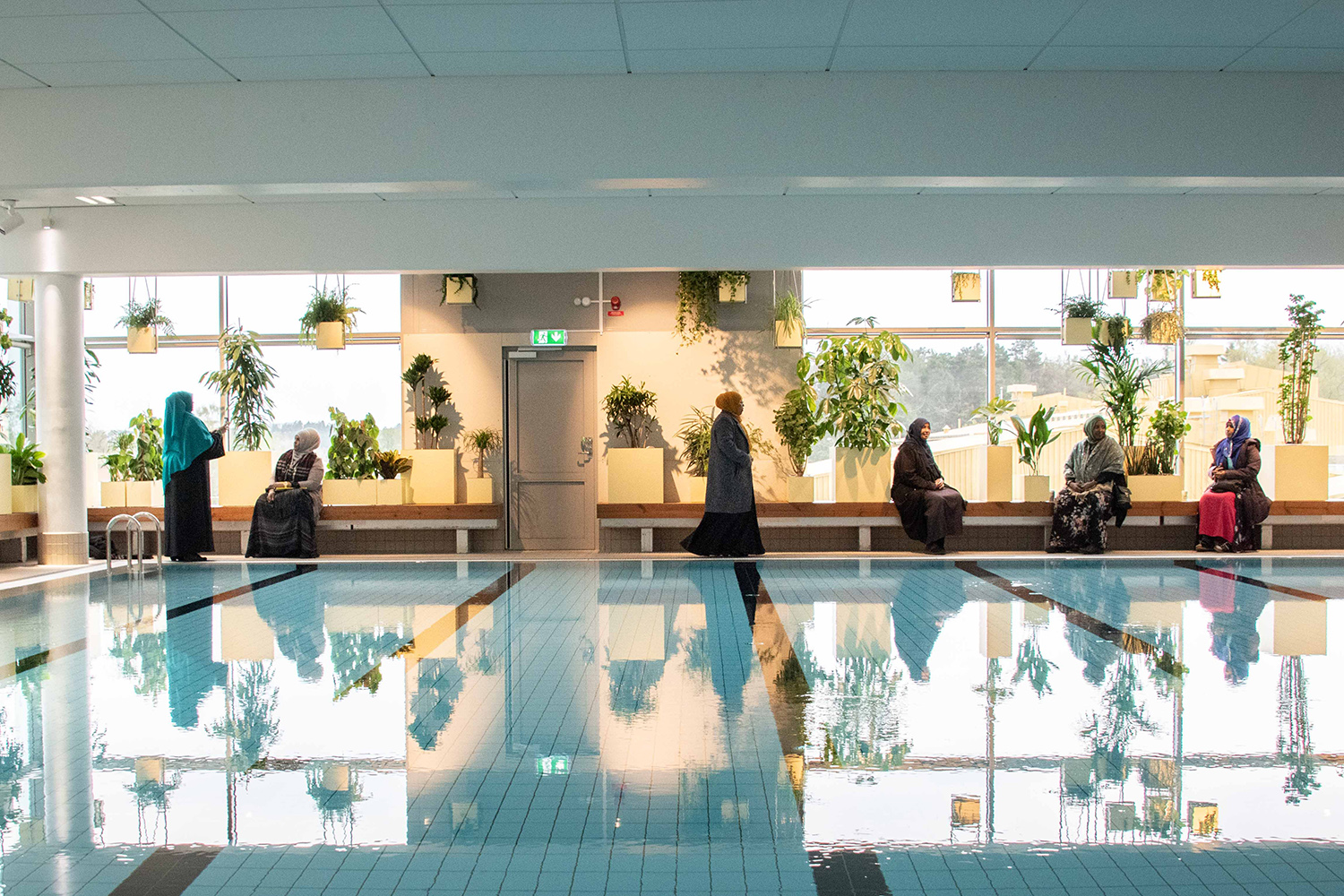The government commission Art Happens provided Public Art Agency Sweden with the opportunity to garner a number of important experiences and lessons from working with art in collaboration with civil society. Scroll down for examples of what we have learned.

Be Clear from the Beginning
In projects where public-sector bodies seek to involve residents or civil society, it is crucial, as early as possible, to build mutual and durable trust. It is best, from the beginning, to avoid misunderstandings and set realistic expectations for the project, among all the parties. It is often crucial, at the very beginning of the project, to clarify these aspects:
- The artistic freedom
- Additional requirements for the project
- The project’s limitations
- Objectives for the project
- Expected results or the absence of such
- Budget and distribution of financial responsibility
- The roles of the participating parties and collaborators in the project
- The allocation of mandate and responsibility
- That the process may be affected by unexpected challenges and may thus take a long time and change direction
Enable Local Ownership
Local ownership is important while working with local civil society, both in regard to the execution of the project and to ensure that the result is relevant for the residents, also in the long term.
- If possible, create opportunities for civil society to take initiatives and/or, given the site and the situation, work out which is the most pressing problem. Or, in some other way, make sure that the problem is indeed locally anchored.
- If possible, transfer part of the decision mandate to collaborative partners in civil society and/or other local parties.
- Appoint local project groups. Clarify their mandate and expectations. If possible, remunerate them for their efforts.
- Adapt the working methods and times to ensure the participation of representatives of civil society. If possible, simplify the processes of application, contract signing, feedback and other requirements, to provide less experienced people and organisations from civil society with a real possibility to participate in all facets of the process.
Allocate Time
Processes that involve several different parties have to be allowed to take their time. Allocate sufficient time for both co-workers and involved local parties to understand and strengthen the context at the beginning of the project and time to question aspects of the work during the process.
- Allow time for application processes so that also smaller organisations in civil society have the possibility to formulate their answers.
- Provide ample time for the preparatory phase. It ensures sufficient understanding of the prerequisites and contributes to stability and long-term sustainability.
- Provide ample time for on-site, in-depth exploration.
- Create possibilities to, if required, to restart or change the direction of the
Listen for Real
Learning has to be mutual. Work to achieve a process in which all participants listen to each other, respect each other’s possibilities to participate and take responsibility, and respect each other’s knowledge.
- Ensure that the members of the project group learn to know and understand one another.
- Be prepared to change your own organisation’s working model.
- If required, employ an external facilitator to solve communication problems between the parties.
Be Present
Being present on site consolidates mutual understanding of each party’s expectations and conditions. It makes it possible to achieve mutual understanding and trust, which is a prerequisite both for realising the project and for long-term sustainability. Being present also strengthens the artistic process by making it more specific. Ensure a high level of presence by:
- Making sure that the curator/project manager participates in all crucial steps of the process and, as far as possible, in all phases in between.
- Enabling the artist, if he or she is not a local resident, to be on site as much as possible, by, for example, residences or recurring visits.
- Appointing local project groups that can provide input to the project.
Invite More People
- Identify other relevant parties on site.
- Arrange presentations of the project together with the artist and civil society
- Work actively to also present the project for administrations, companies and municipal decision-making bodies that are not directly involved.